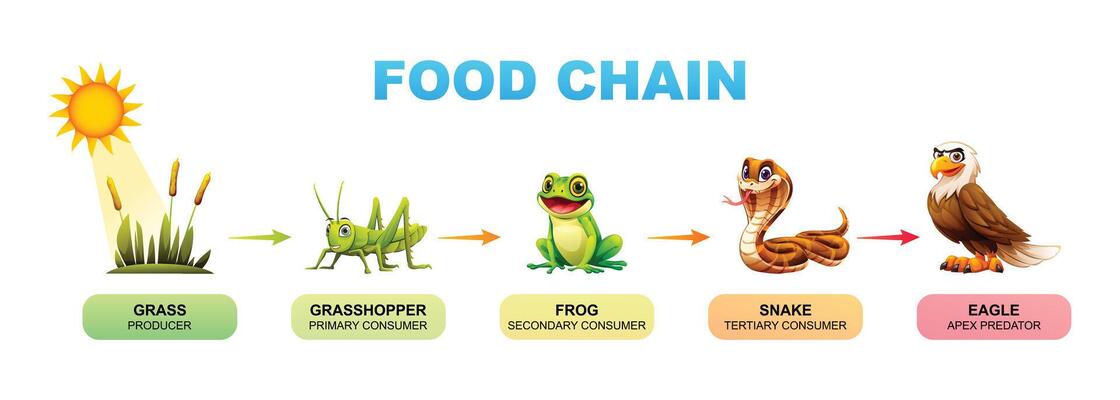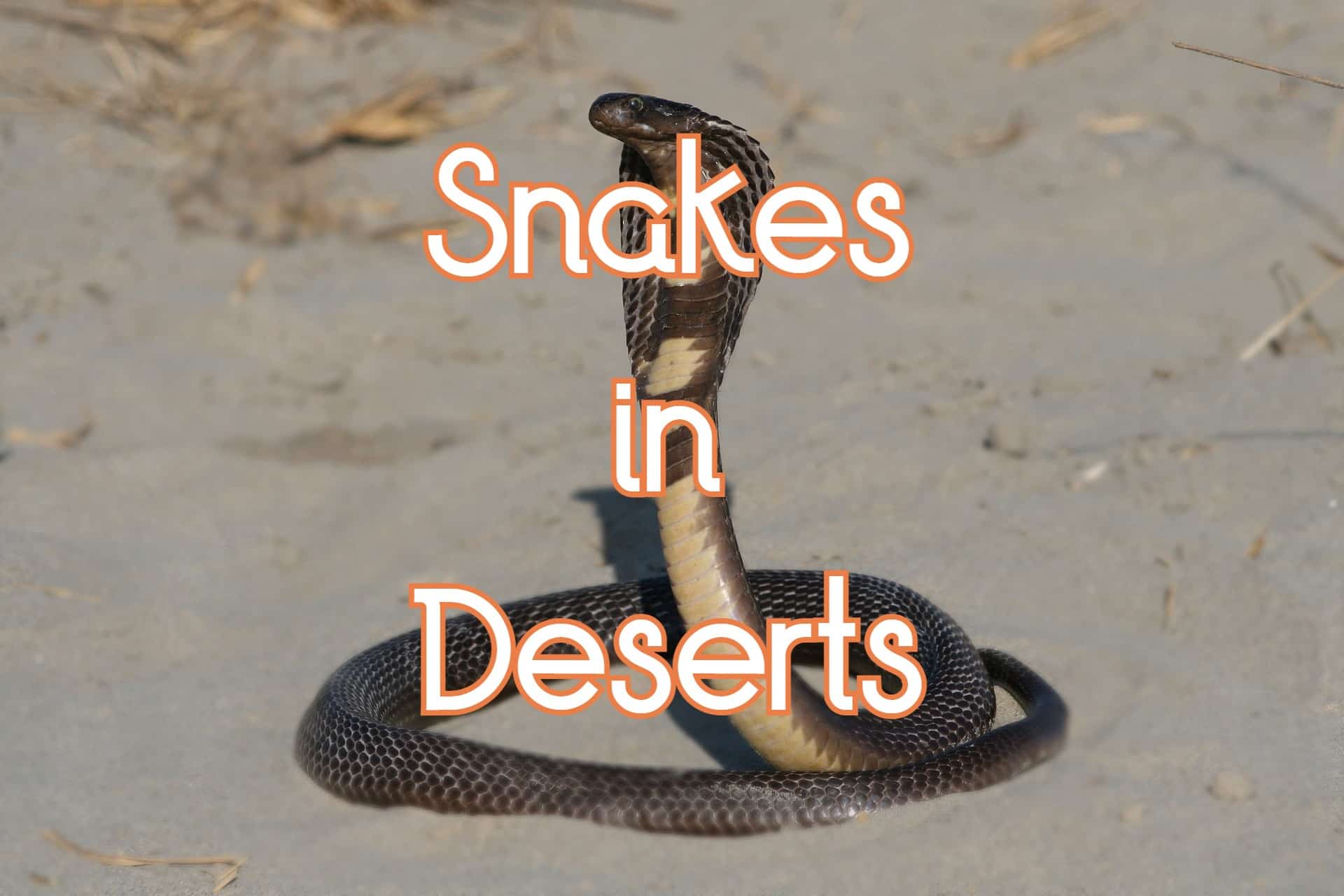Snake Vector Art Icons and Graphics for Free Download Biology Diagrams
Snake Vector Art Icons and Graphics for Free Download Biology Diagrams A desert food chain is unique due to its harsh environment. In contrast, the snake is the tertiary consumer in the food chain: Brittlebush -> Grasshopper -> Grasshopper mouse -> Rattlesnake -> Hawk. In the desert, humans are the ultimate predators. Other apex predators compete with humans for food and survival. Mojave Desert Food Chain Red-Tailed Hawk (Desert USA, n.d.) Mojave Rattle Snake (Brune, 2004) Kangaroo Rat (University of California, n.d.) Creosote Bush (Hartley, 2011) Sun (Clipart Panda, 2014) Producer Consumer Consumer Consumer

Food Web: At each trophic level, there may be many more species than indicated in the table above.Food webs can be very complex. Food availability may vary seasonally or by time of day. An organism like a mouse might play two roles, eating insects on occasion (making it a secondary consumer), but also dining directly on plants (making it a primary consumer). Food Chain Example: Grass → Grasshopper → Frog → Snake → Hawk; Food Web Example: In a forest ecosystem, grasshoppers may be eaten by frogs, birds, and spiders, while snakes might consume frogs and birds, creating a more intricate energy transfer network. Parts of a Food Chain. Each food chain consists of several essential parts: A snake, the tertiary consumer of the ecosystem, then eats the frog. Finally, the snake is consumed by a hawk, the apex consumer of the grassland ecosystem. After the hawk's death, decomposers release nutrients into the soil to be utilized by the producers. The above is an example of the food chain, which is only a part of the food web.

Science project - Education.com Biology Diagrams
In a desert ecosystem, a secondary consumer may be a snake that eats a mouse. In underwater kelp forests, sea otters are secondary consumers. This way, the food chain is able to continue. As an example, grass produces its own food through photosynthesis. A rabbit eats the grass and then a fox eats the rabbit. A food chain is a series of organisms each dependent on the next as a source of food. This simple definition encapsulates the essence of a food chain, highlighting the direct and linear relationship between different organisms within an ecosystem. Also Read: The Magic of Photosynthesis: How Plants Make Food. Food Chain Types Who Ate the Snake? A Desert Food Chain is set in the Sonoran Desert of Arizona and California. Following the sun image, the chain continues with the cactus flower/fruit, bee/rabbit, rattlesnake, roadrunner and the desert's top predator, the coyote. Lest readers think that a particular link's diet is limited to what came below it in the food

The desert food chain and food web show how organisms adapt to survive and thrive in this extreme environment. The desert food chain shows Snakes like the gopher snake eat small mammals and eggs and consume plant material. Desert monitor lizards eat different foods depending on what is available, showing their opportunistic feeding behavior
